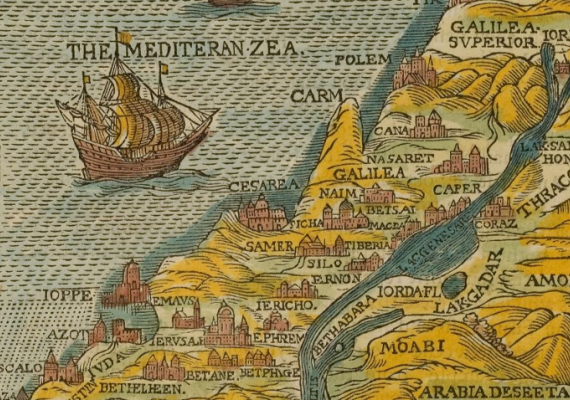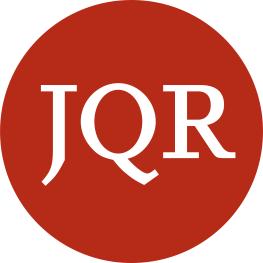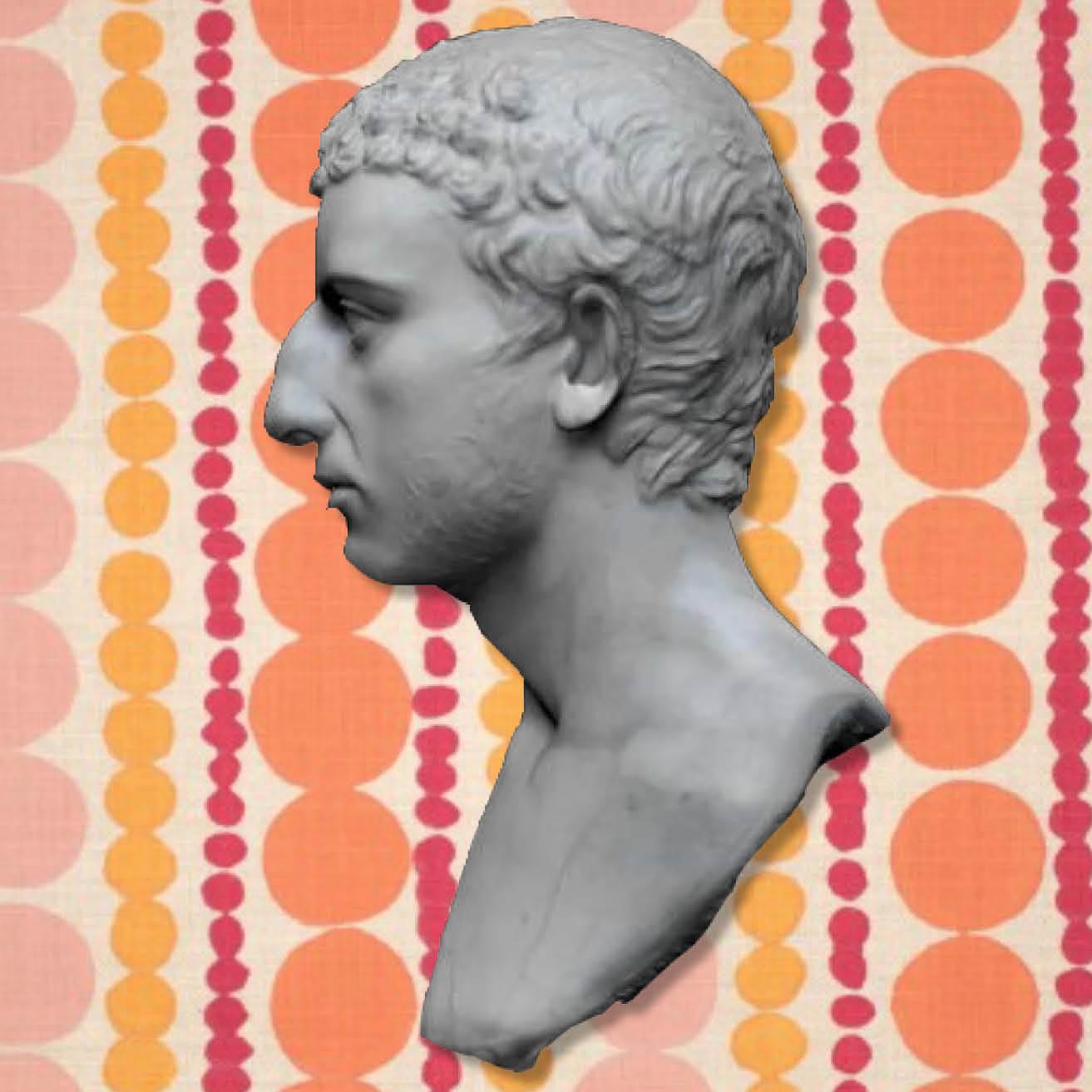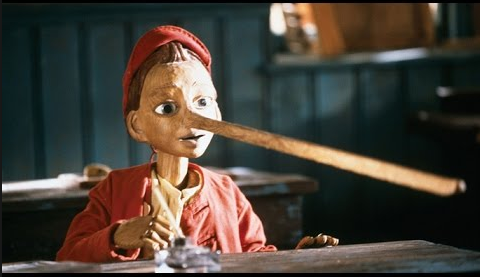Josephus’s Elusive Command
Nathan Thiel tries to solve a puzzle that has long troubled the journal: Who were Josephus’s “Galileans”?

When the Jewish war against Rome erupted in 66 C.E., Flavius Josephus was appointed commander of the Galilee, and a substantial portion of his account of the early years of the war concerns his relationship to the region and its inhabitants. His self-professed genius as a military leader and motivator played out there, even as he struggled against certain obdurate local factions. His arch nemesis—the “Galilean” John of Gischala—complicates the landscape, as does an apparent divide between the inhabitants of the region’s major cities and the rural peoples. Indeed, Josephus never calls the inhabitants of these cities “Galileans,” and even sets “the Galileans” against the urbanites. Yet a Sepphorean was as much an inhabitant of the Galilee as a Jew living outside the city walls. Who were Josephus’s “Galileans”? How did they play into the social and military history of this bristling and galvanizing region of Judea at the outbreak of revolt? Were they inhabitants of the region called the Galilee? Was the moniker shorthand for a political schismatic group? Did it designate non-Jews living in the northern part of Judea?
In his recent essay “The Use of the Term ‘Galileans’ in the Writings of Flavius Josephus Revisited” (JQR 110.2), Nathan Thiel tries to solve this puzzle. He wades into a long scholarly debate over the interpretation of Josephus’s use of the term οἱ Γαλιλαῖοι. Over the past five decades, a good part of that debate—as well as an abiding interest in Josephus and the Galilee—has appeared in our pages, often in short-form scholarly notes. Thiel jumps into the conversation to argue that “the term Γαλιλαῖοι in Josephus’s writings denotes neither a band of revolutionaries nor the Jewish inhabitants of Galilee tout court but a discrete ethnos.”
To get a taste of the journal’s curiosity about this most vibrant and vital region in the history of late Second Temple Judaism, and to bask in one of the ongoing intellectual conversations that drive scholarship forward, peruse some of these titles, in no particular order:
- Jason von Ehrenkrook, “Effeminacy in the Shadow of Empire: The Politics of Transgressive Gender in Josephus's Bellum Judaicum” (JQR 101.2 [2011])
- Martha Himmelfarb, Judaism in Antiquity: Ethno-Religion or National Identity? (JQR 99.1 [2009])
- Solomon Zeitlin, Who Were the Galileans? New Light on Josephus’ Activities in Galilee (JQR 64.3 [1974])
- Louis H. Feldman, “The Term ‘Galileans’ in Josephus” (JQR 72.1 [1981])
- J. Spencer Kennard, Jr., “Judas of Galilee and His Clan” (JQR 36.3 [1946])
- Joseph R. Armenti, “On the Use of the Term "Galileans" in the Writings of Josephus Flavius: A Brief Note” (JQR 72.1 [1981])
- Francis Loftus, “The Anti-Roman Revolts of the Jews and the Galileans” (JQR 68.2 [1977])
- Francis Loftus, “The Martyrdom of the Galilean Troglodytes (B.J. i 312-3; A. xiv 429-30). A Suggested Traditionsgeschichte” (JQR 66.4 [1976])
- Francis Loftus, “A Note on Σύνταγμα τῶν Γαλιλαίων B.J. iv 558” (JQR 65.3 [1975])
[Image source: The Bible, London, Christopher Barker, 1595. The New Testament. Before f.489. Drawn after the Geneva Bible, 1560. Penn Libraries.]



